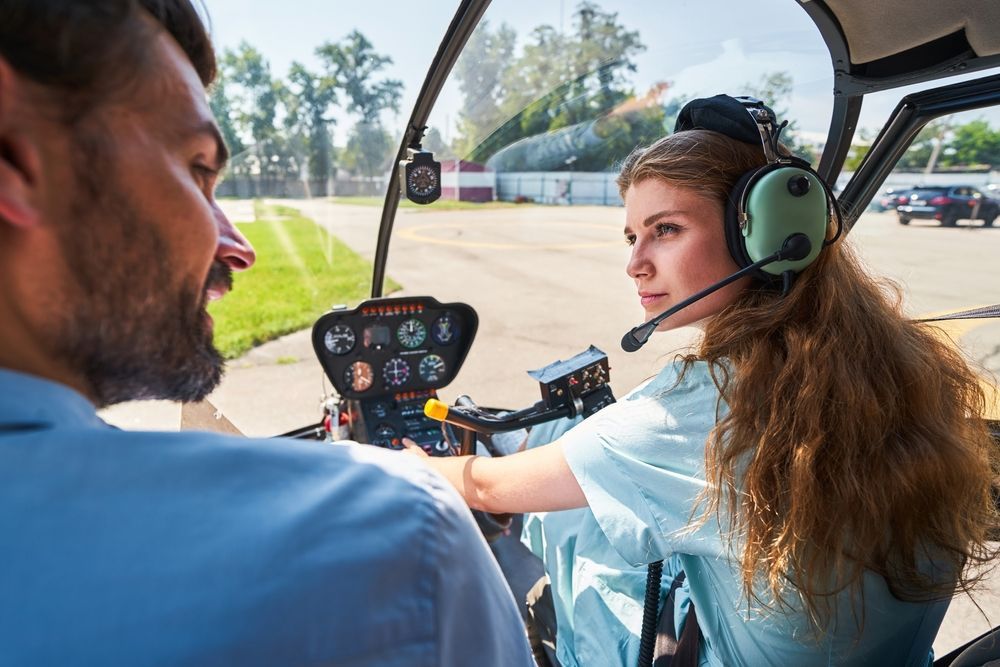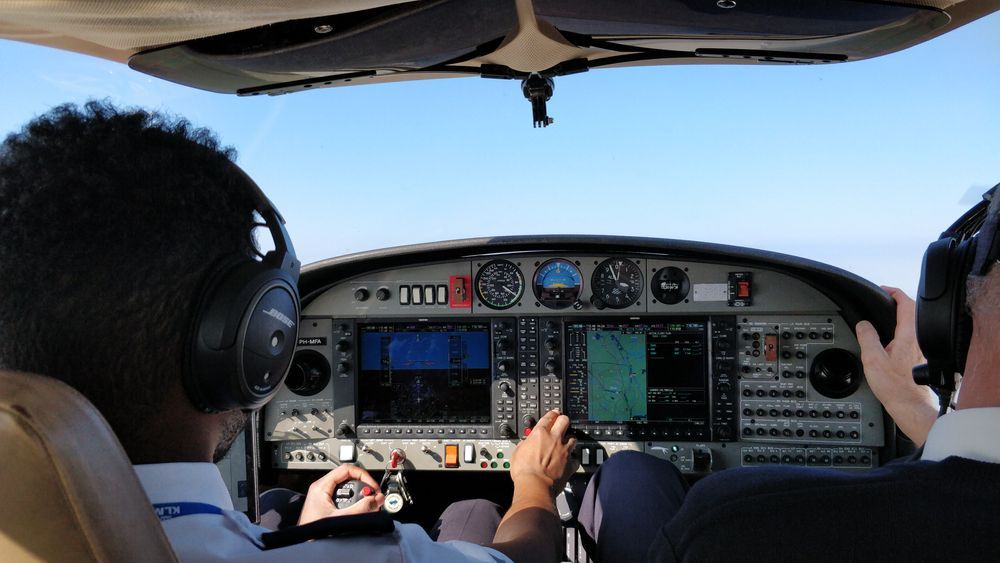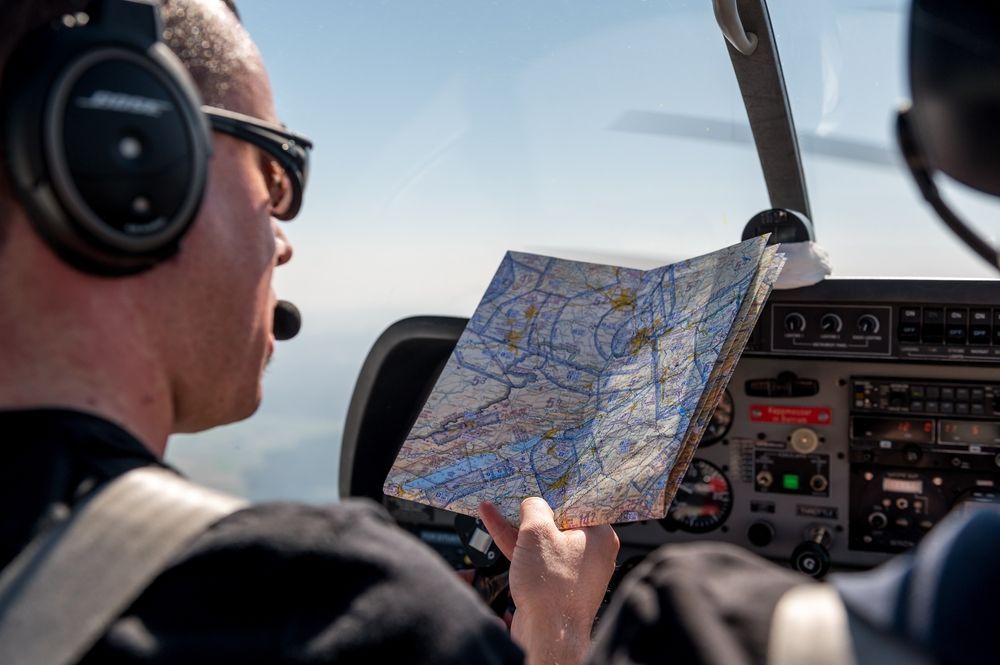Flight Training School: What to look for?
Share this article:
With news of the anticipated pilot shortage all over the news, it’s no surprise that a lot of people are interested in following their dreams and becoming a pilot. If you are interested in becoming a pilot, do you know what to look for in a flight training school?
Flight training schools are working hard to meet the demand as it’s projected that they will need to turn out 87 new pilots each day. They aren’t all the same, so below are several different factors to consider where you want to go.
Questions to ask yourself
What are Your Pilot Goals?
Like anything else in life, it’s good to define your goals before getting started, especially your long-term goals. This way you have something to focus on, to keep you motivated and moving forward. Something you can use to get you over the little humps and bumps along the way.
Deciding, for instance, on whether you want to be a professional pilot or only flying as a hobby will go a long way in deciding what type of training you are looking for. If you are looking at it for a career, you may want to look for one that has an association or partnership with regional airlines as it can get you up and running faster upon graduation.
How Much Can You Afford?
Just as there are a lot of different types of cars out there, with just as many price-tags to match, the same is true of flight training schools. What schools charge varies widely, and several factors affect their rates: location of the school, how many students they can take on, the type of aircraft you will train on, to name a few.
Some schools will offer financial assistance and loan programs. Decide on your budget and use that to narrow your list of candidates.
How Much Time Do You Have?
Are you willing to make training a priority might be the better question. Find out how much time is required for classes and flying, and what their schedule is, in order to find out if you are able to make the commitment. It can be costly to delay flight training because you didn’t plan ahead, and it can make it harder to gain the “muscle memory” that only comes with flying, and flying, and flying.
Part 61 Or Part 141 Flight Training School?
This is a big decision as both types of schools have distinct differences. Part 61 offers a bit more flexibility for your training, while 141 utilize FAA-approved training courses which must be adhered to. Over all, Part 141 schools are by their nature more structured than Part 61.
Only you can decide, based on your time availability, personal preferences, and learning style which is best for you.
Do Your Research
Part of your research can easily be done online by reading reviews, but you also need to get out and talk to pilots who have gone through the training program themselves. Ask them about the pros and cons and don’t expect perfection, because a perfect flight school doesn’t exist. What does is the right school. That is the one that is uniquely right for you, with all your requirements. You will find it, you just have to be committed to finding it.
Take a Tour
Once you’ve narrowed down your list, go ahead and schedule school tours and an introductory flight with an instructor. Pay close attention to your gut feelings about the environment, the staff, safety, policies, and if other students seem content.
Safety
While doing your research, be sure to check the safety record of any flight school that is a serious contender. As questions about their safety record when you tour the facilities, and also ask about the maintenance of their aircraft and how the defect reporting system works. You want to make sure safety is their top priority.
Aircraft and Simulators
Preference should be given for flight training schools that use aircraft with modern, up-to-date equipment. Simulators take students through replica conditions as set by the instructors—extreme weather, emergencies, winter weather systems, or the high heat of summer in the south. These different experiences–simulating real life–allow students to take risks and experience failure without facing true danger.
Contact Us Today
Contact us today at J.A. Flight Training. We ARE what you’re looking for in a flight training school. We’re committed to your success.
Connect with Us:



